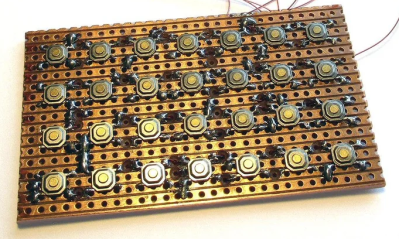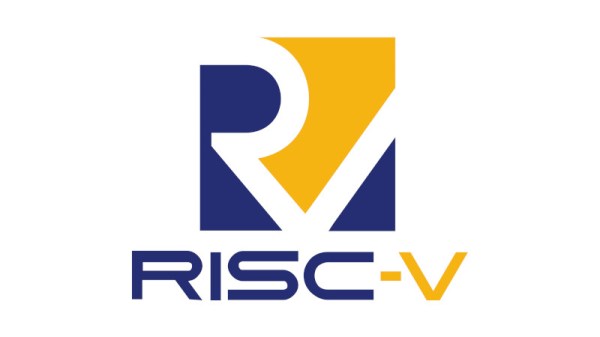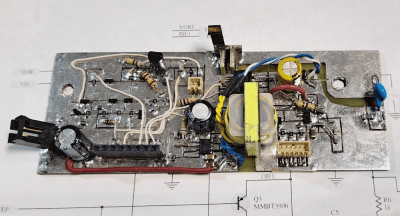We’ve seen a few retro products using core rope memory, such as telephone autodiallers. Obviously, we’ve covered the Apollo program computers, but we don’t think we’ve seen a complete and functional DIY computer using core rope memory for program storage until now. [P-lab] presents their take on the technology using it to store the program for a Z80-based microprocessor demoboard, built entirely through-hole on a large chunk of veroboard.
For the uninitiated, core rope memory is a simple form of ROM where each core represents a bit in the data word. Each wire represents a single program location. Passing a wire through the core sets the corresponding bit to a logic 1, else 0. These wires are excited with an AC waveform, which is coupled to the cores that host a wire, passing along the signal to a pickup coil. This forms an array of rudimentary transformers. All that is needed is a rectifier/detector to create a stable logic signal to feed onto the data bus.
Continue reading “DIY Core Rope Memory Z80 Demonstrator Generating A Fibonacci Sequence”



















